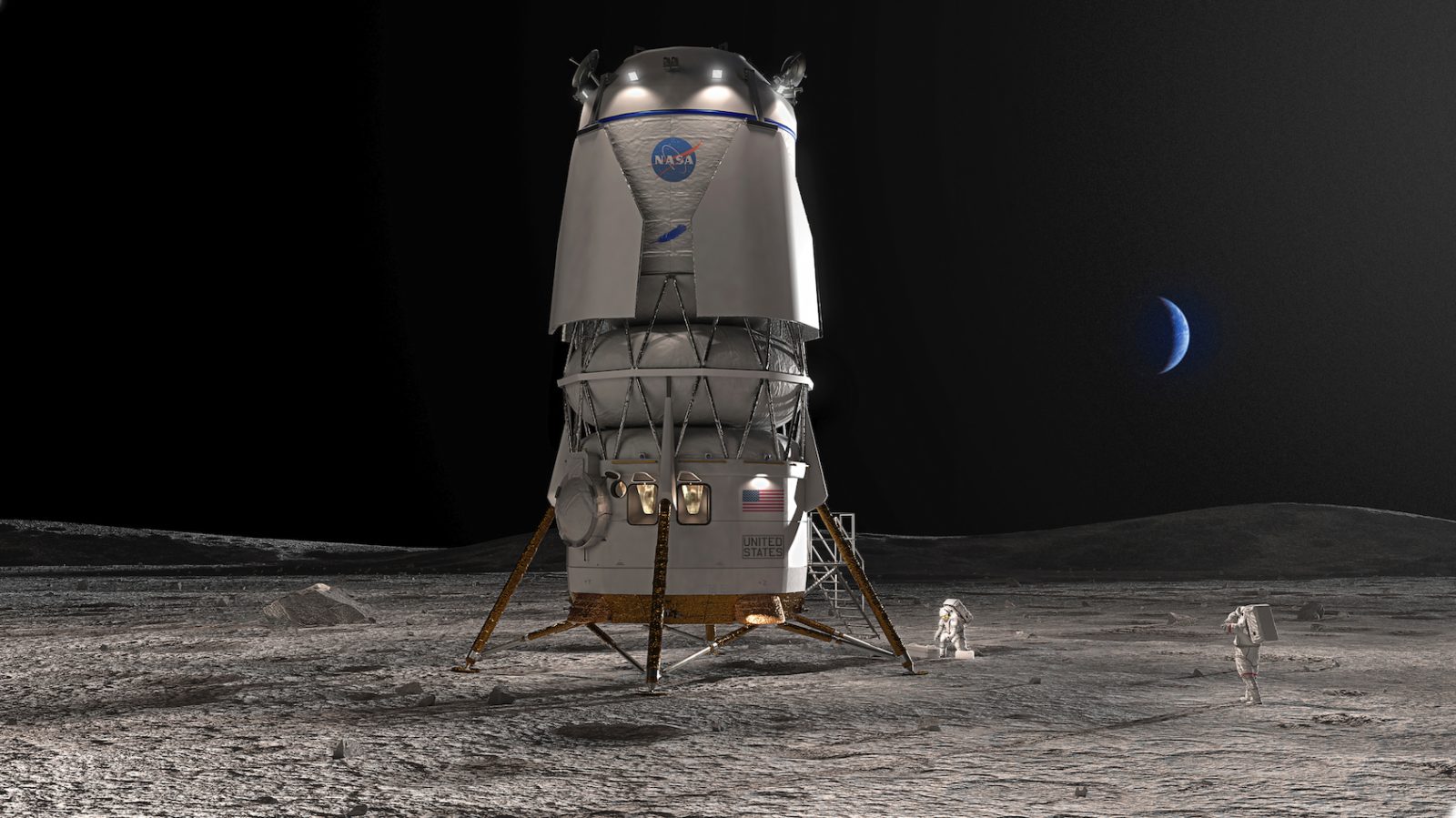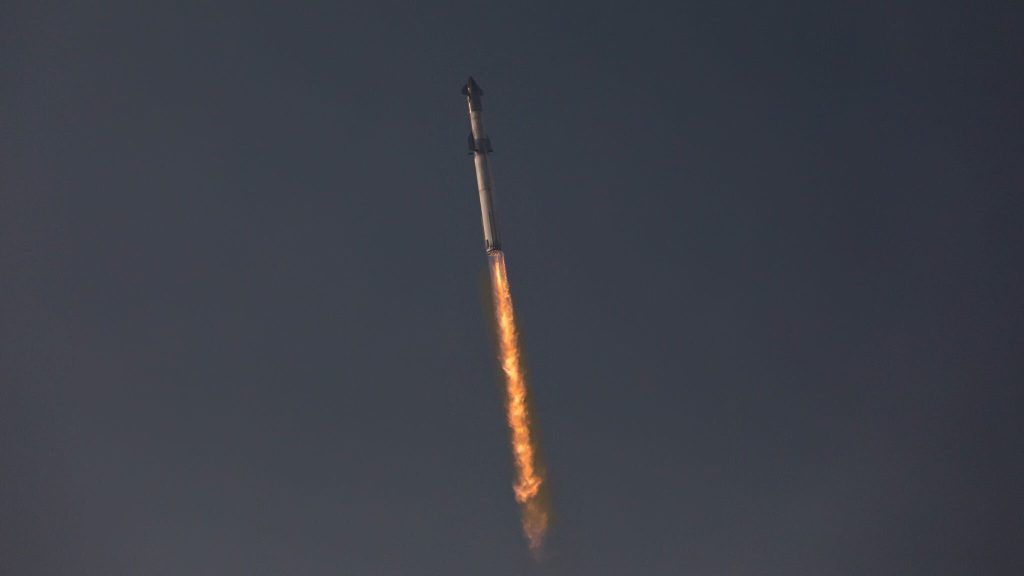
Friday morning, NASA announced that the Blue Origin-led team won NASA’s contract to be the agency’s second Human Landing System for Artemis crewed missions to the Moon. Right now, its first Crewed mission is set to be Artemis 5 in 2029.
Blue Origin’s National Team brings some heavy hitters
Designed to fit inside Blue Origin’s New Glenn seven-meter fairing, NASA selected Blue Moon as the lunar lander for the Artemis 5 mission. Artemis 5 is currently slated to lift off in 2029 and would feature Blue Moon and the proposed Gateway lunar space station.
So rather than having Orion, NASA’s deep space exploration spacecraft, dock with Blue Moon like it will for Artemis 3 and SpaceX’s Starship lander, Orion and the Artemis 5 crew will dock with Gateway, where they can operate for up to 30 days around the Moon. Then Blue Moon will dock with the station, and the landing crew (two or three astronauts) will enter Blue Moon and descend toward the lunar surface.
Blue Origin won’t be doing this alone. They have partnered with Lockheed Martin, Boeing, Draper, Astrobotic, and Honeybee Robotics. The first two need no introduction with their rich history in the spaceflight industry.
The design of Blue Origin’s updated Blue Moon lander will feature a unique placement of the crew module on the bottom with the liquid hydrogen and oxygen tanks up above. The lander will be refuelable, but no details were given as to how.
Join our Discord Server: Join the community with forums and chatrooms about space! Also, directly support us via a Server Subscription!
Second time a charm?
Blue Origin and a smaller National Team bid for the original HLS contract offering in 2020 but ended up losing to SpaceX’s Starship. Blue Origin then entered into a nasty PR and legal battle with NASA and SpaceX to get the decision overturned. While that didn’t happen, Blue Origin has finally gotten what it wanted, in a way.
NASA will pay Blue Origin a total of $3.4 billion for this lander, but the funding won’t only be coming from taxpayers. Blue Origin will be paying over 50% of the development costs and has already been paying for work on the lander for the past few years.
How Blue Origin will test its HLS before 2029
Unlike SpaceX, Blue Origin’s testing of its systems has never been public. However, the company has remained working on its Blue Moon lander since losing to SpaceX, so it isn’t starting from scratch with this new lander design.

Vice President of Lunar Permanence at Blue Origin, John Couluris, discussed the plans for the company to test the system ahead of crewed use in 2029. Over the next six years, Blue Origin will launch several test hardware into space, with versions landing on the Moon ahead of the flight. The first of these test flights will occur as soon as next year. Then, these tests will come together for one final demo mission one year before Artemis 5 (2028) of a completely identical lander on the Moon.
The final lunar landing test is being put forward as a risk reduction measure but will be a 100% operational lunar lander. Couluris stated in response to a question that the lander “could be reused” for future missions.
Artemis timeline scares
The Artemis Program is still not out of the water yet, but having two landing providers and agreements with foreign nations, it still has a good fighting chance. The problem will now turn to funding. This power is reserved to Congress, which has a potentially dangerous group of members that wish for government-wide spending cuts that could put NASA’s timelines at risk. We’re also talking about a mission six years away. Even if President Biden wins reelection next year, a different administration will still be in place by Artemis 5’s launch.
With Blue Origin’s contract, we now have someone to compare SpaceX’s progress to. For now, SpaceX appears to have a pretty significant lead with it completing the first integrated flight test of its Starship last month, with a potential second test flight this summer. However, a lawsuit against the FAA’s launch license could put a major pin in all of it.

If successful, the lawsuit could delay Starship development in the best-case months but in the worst-case years – Which would also delay the human landings of Artemis’ early flights. At least now, NASA has a backup system. It would take some small miracles, but if Blue Origin has really been working hard the last two years on its lander, maybe they are in a good position for earlier flights if needed.
FTC: We use income earning auto affiliate links. More.


Comments